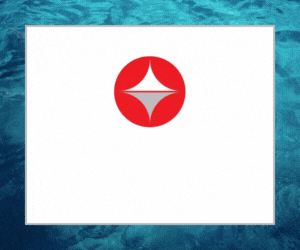Attend any Yacht show this year and you’re guaranteed to see an impressive E-foiling demonstration. E-foiling has gained popularity in recent years in the industry, with guests and Superyacht owners looking for a unique way to enjoy water-sports. It seems most yachts now have an E-foil in their toy garage, but are they really worth the hype and how do they actually work?
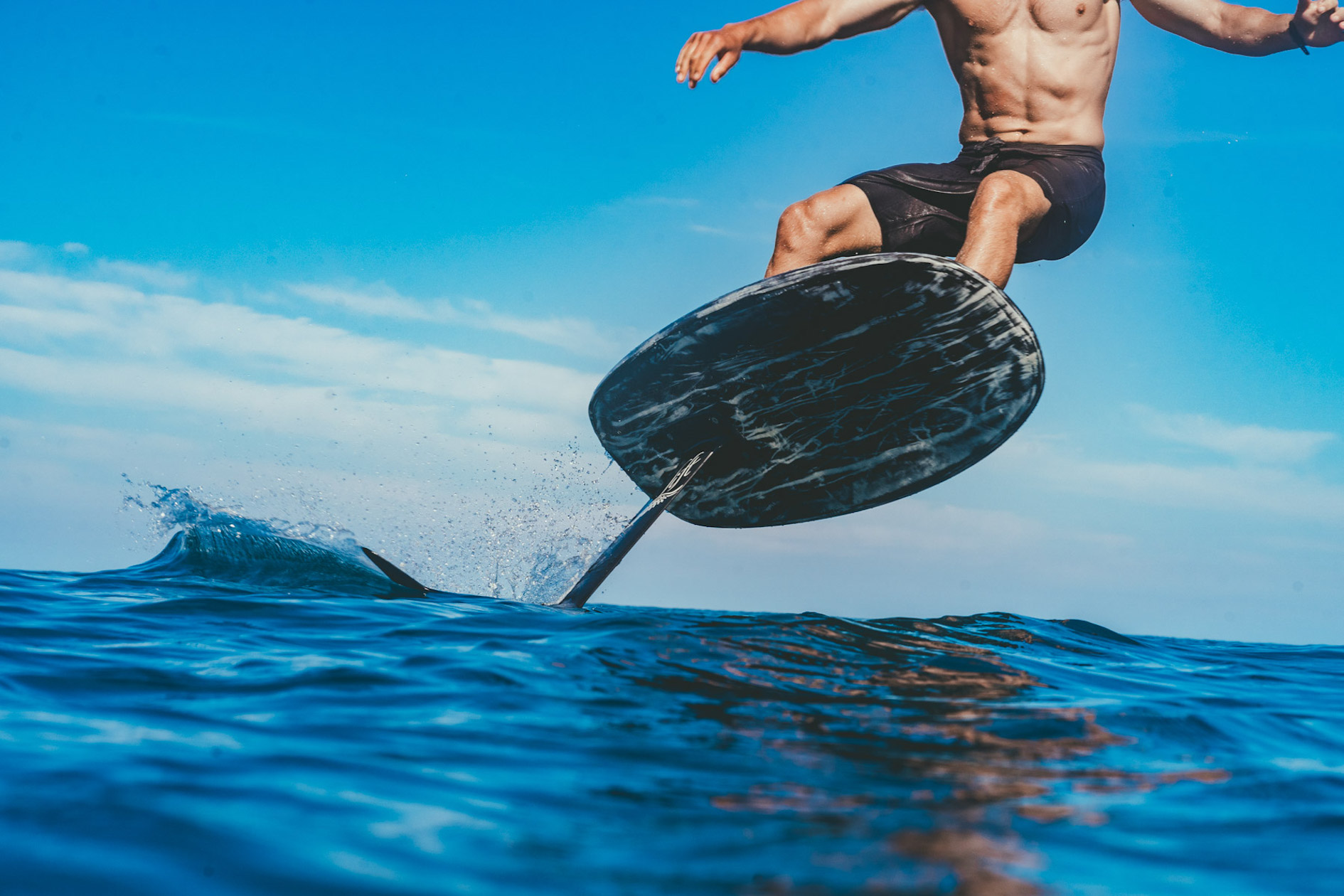
The Science of E-Foiling
“If I had to describe it, it’s like being a pelican flying close to the water and across the waves” – Bailey Ann Kaiser, American Surf Magazine
Firstly, E-foils are different to Foils. Hydrofoiling is a much more well-trodden technique where a watercraft rises above the water’s surface on a set of hydrofoils (underwater wings or fins). These foils create lift as the watercraft gains speed, allowing it to “fly” above the water, reducing drag and providing a smoother and faster ride.
E-foils, short for “electric hydrofoils” combine the principles of hydrofoiling and electric propulsion so that users can stay out on the water for much longer without having to physically exert themselves (as much). Takuma Concepts announced the first ever electrically powered Hydrofoil board in 2018, the E-TAKUMA.
Here’s a breakdown of what e-foils are and how they work:
- Electric Propulsion: E-foils are equipped with an electric motor and a rechargeable battery. The electric motor powers a propeller or jet drive located on the foil’s submerged portion. This propulsion system provides thrust to move the e-foil forward.
- Remote Control: E-foils are typically controlled by a handheld remote or wireless controller. The rider can use this remote to adjust the speed and power of the electric motor, allowing for variable speed control and maneuverability.
- Stability and Control: E-foils are known for their stability and ease of control. Riders can shift their weight to steer and change direction, similar to how traditional surfboards or paddleboards are maneuvered. The hydrofoil design enhances stability, making it possible for riders of various skill levels to enjoy the experience.
- Safety Features: Most e-foils come with safety features, including automatic shutoff in case the rider falls off or encounters an emergency. These features help prevent accidents and make e-foiling a safer water activity.
- Quiet and Eco-Friendly: Electric propulsion makes e-foils relatively quiet compared to traditional gas-powered watercraft. They produce no emissions, making them environmentally friendly and suitable for use in environmentally sensitive areas.
- Versatility: E-foils can be used in various water conditions, from calm lakes and rivers to ocean waves. Their versatility and ability to glide smoothly over the water surface provide an exciting experience for riders.
- Learning Curve: While e-foils are generally easy to learn for beginners, mastering them can take time, especially when it comes to balancing and controlling the foil’s height above the water.
- Maintenance: E-foils require regular maintenance, including battery charging, motor checks, and foil maintenance. Proper care and storage are essential to ensure their longevity and performance.
The Downsides
Injury: There have been many reports of crew or guests being (sometimes seriously) injured whilst using an E-foil due to the incredibly sharp wings or fins underneath the board that can sometimes erratically flip out of the water when the user falls off. Some models are also incredibly heavy and take several crew members to lift them out of the water, and to transport them across the deck – another risk of injury.
Takes time to master: If you have guests that want immediate results from their toys, perhaps stick to the slides and jet skis. E-foiling takes time to master and a one-week charter may not be long enough to actually start having fun on one.
Battery Safety: Another issue of contention are the batteries inside E-foils. It is a well-known fact that battery-powered devices can cause an extra headache onboard for crew and require extra care when handling. Although, some models like the Fliteboard, have a temperature sensors that control the internal temperature of the batteries.
The Best E-foil Brands On The Market
Lift
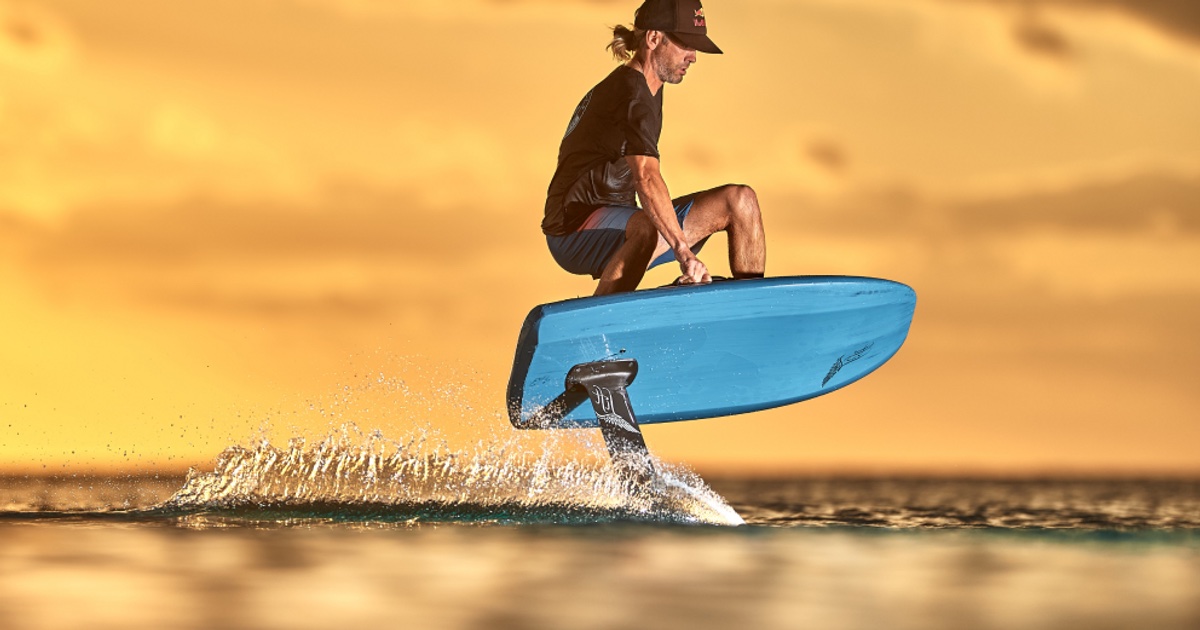
Due to their long history and reliability, Lift E-Foils are considered one of the best on the market. Their latest model is the ‘Lift 4’ with 2.5 hrs ride time and ‘Quiet Ride Technology’.
Fliteboard
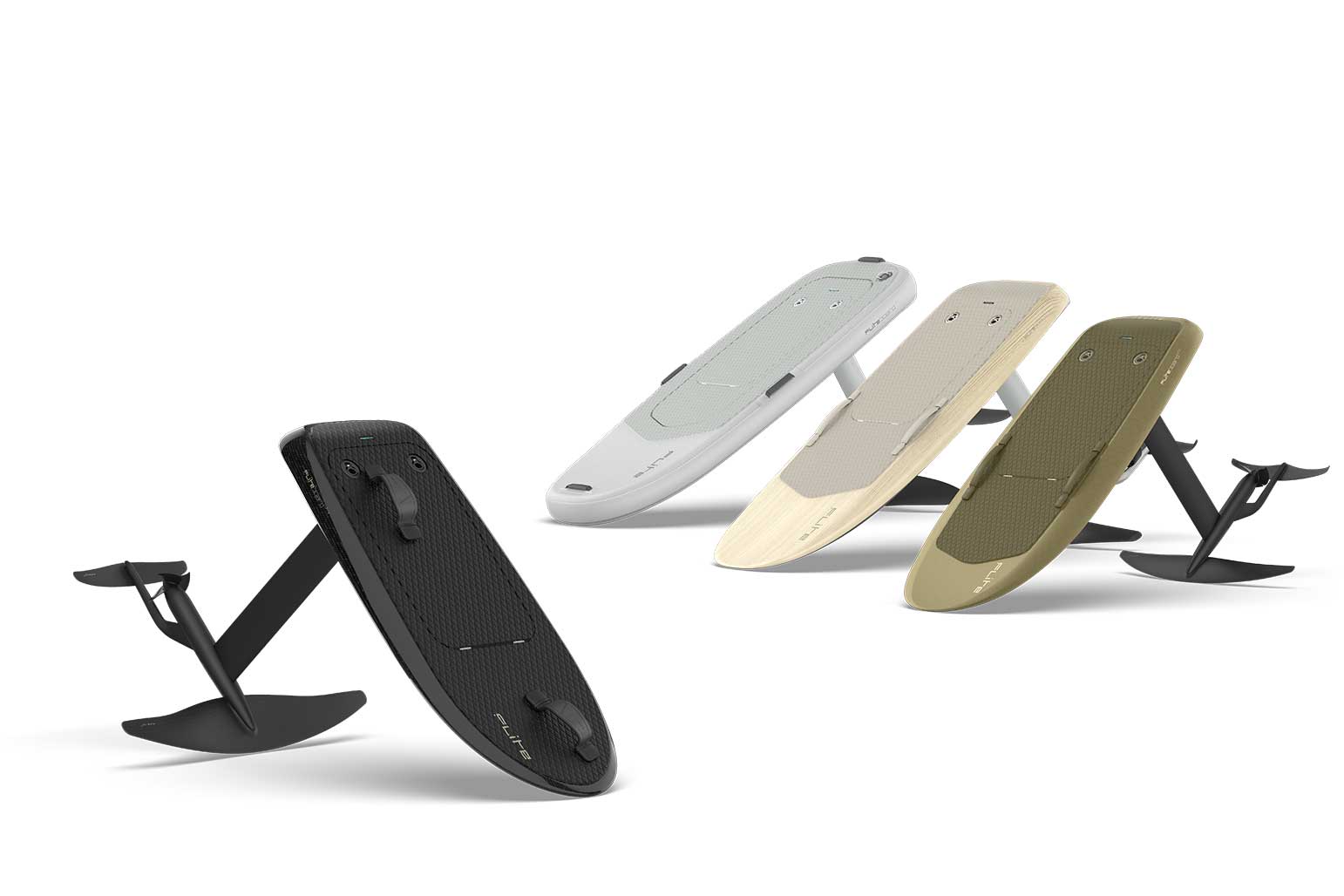
Supposedly a great all-rounder for beginners, from the Australian company Flite, the Fliteboard is available in either Carbon fibre or Fibreglass.
Takuma
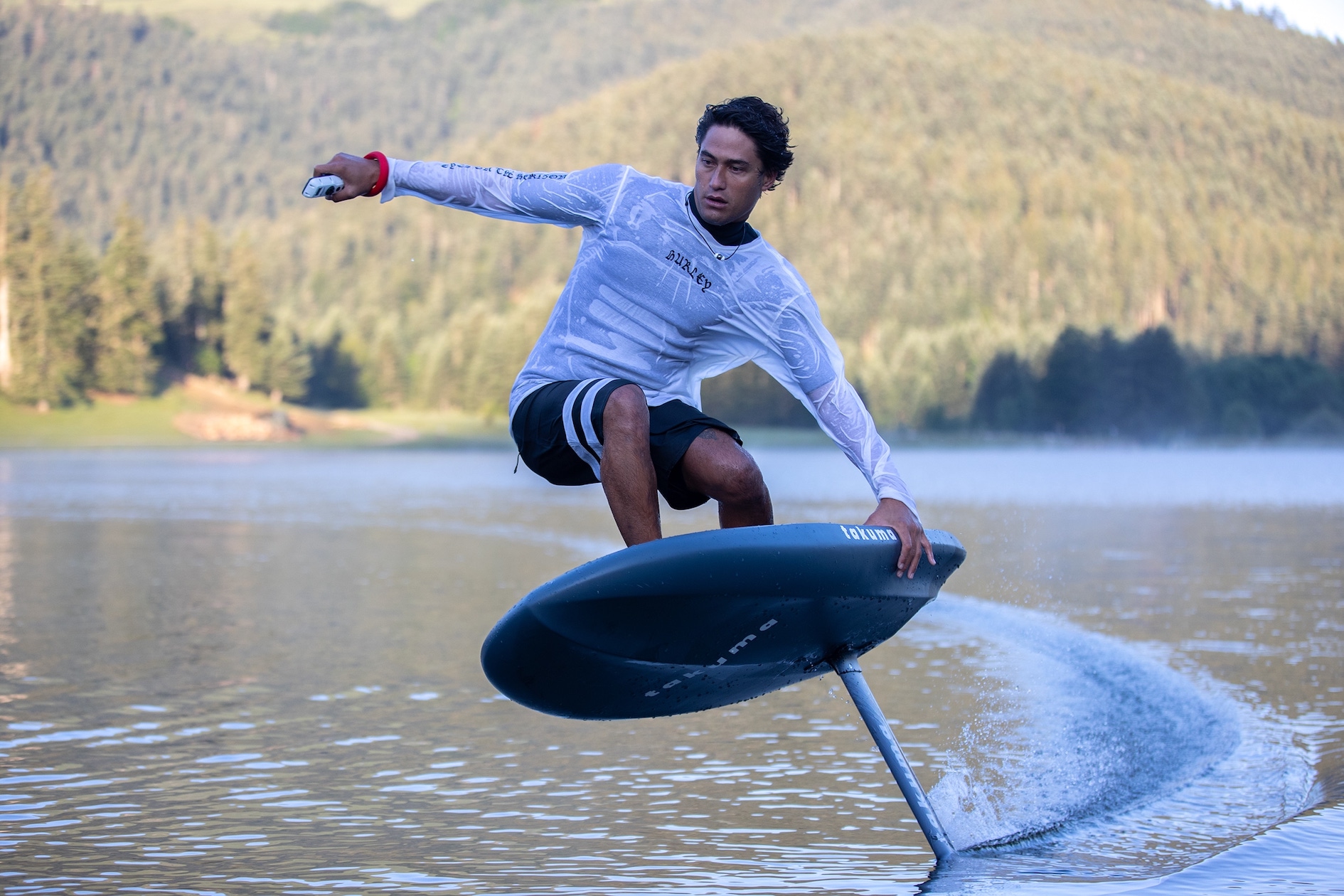
Developed to provide sports enthusiasts with a fun activity on days when there is no wind or waves, Takuma’s eFoil is a combination of a surfboard, a battery, a remote and a foil powered by electric propulsion.
PWR
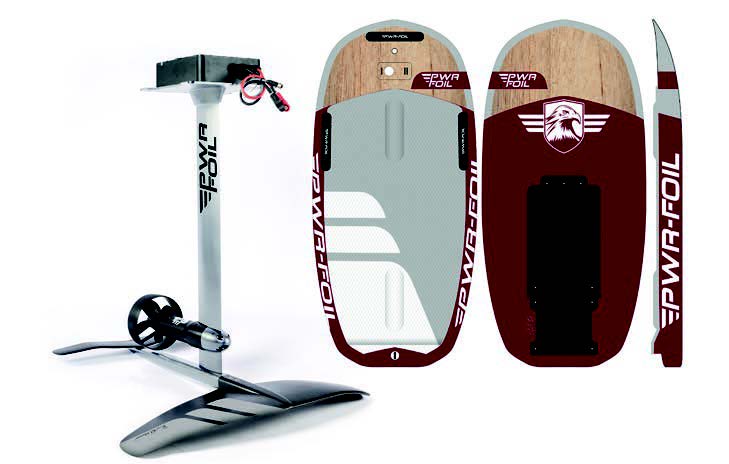
A PWR E-foil is a great choice for foilers of all levels due to its sturdy yet lightweight design. A variety of sizes and versions of PWR Foils are available.
For more Tenders & Toys articles, click here.
Keep up to date with the latest Superyacht Content news by signing up to our Newsletter below:






.gif)










